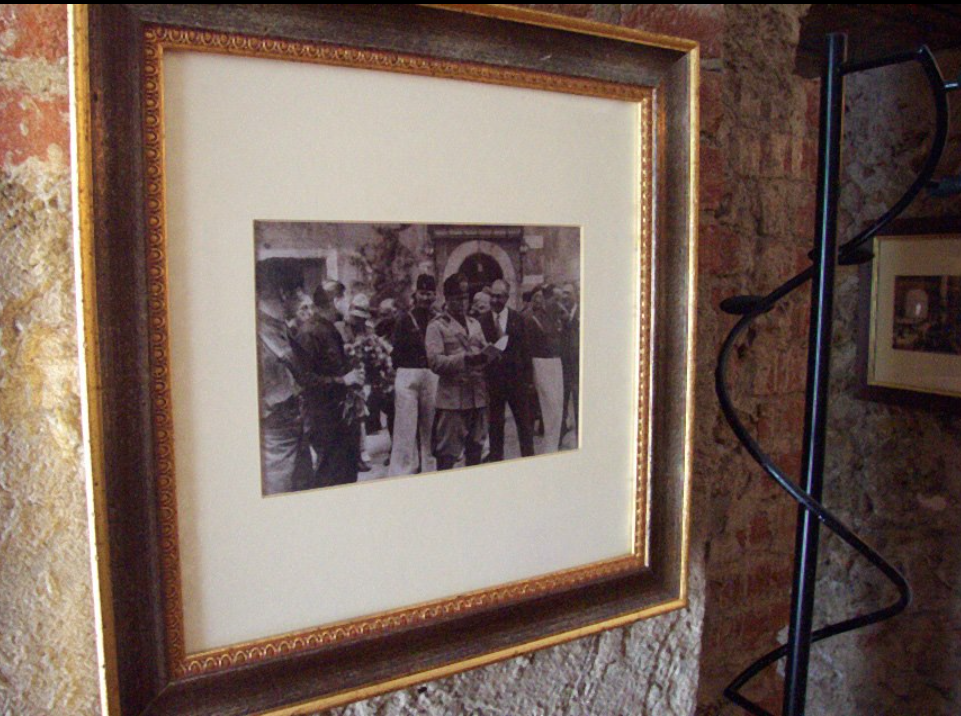A walk around the Paestum Archaeological Park is like trekking back into the timeless history of Greece and Rome. About an hour south of Naples, in Campania, Paestum is famous for its splendidly preserved Doric Greek temples dedicated to Hera, Athena and Neptune. You can admire the majestic columns of the Temple of Hera, the elegant sculptures of the Tomb of the Diver, and the colorful scenes of everyday life in the Museum of Paestum. The area is also surrounded by beautiful nature, with sandy beaches, pine forests and the buffalo farms where the mozzarella was born.
Of the three temples, the Temple of Athena (the so-called Temple of Ceres) and the Temple of Hera I (the so-called Basilica) date from the 6th century BC, while the Temple of Hera II (the so-called Temple of Neptune) was probably built about 460 BC and is the best preserved of the three.
An ancient city of Magna Graecia, originally called Poseidonia, it was probably founded about 600 BC by Greek colonists from Sybaris, along the Gulf of Taranto, and it had become a flourishing town by 540, judging from its temples. During the Roman period a typical forum and town layout grew up between the two ancient temples.

No stranger to the ups and downs of history, the city of Paestum was conquered by the Lucanians in the 4th century BC, by the Romans in the 3rd century BC, and then abandoned in the 9th century AD because of malaria and Saracen invasions. The city was rediscovered in the 18th century by Grand Tour travelers, who were fascinated by its evocation of past glories.
The Temple of Peace in the forum is a Corinthian-Doric building begun perhaps in the 2nd century BC. Traces of a Roman amphitheater and other buildings, as well as intersecting main streets, have also been found. In July 1969 a farmer uncovered an ancient Lucanian tomb that contained Greek frescoes painted in the early classical style. Paestum’s archaeological museum contains these and other treasures from the site.
But there is much more to attract you to the area besides the ancient ruins.
Paestum is famous for its buffalo mozzarella cheese, which is made from the milk of water buffaloes that graze in the nearby fields. You can take a tour of the farms and see how the cheese is produced, and of course, taste some of the delicious products.

The Cilento Coast:
If you are looking for some relaxation and stunning views, you can head to the Cilento coast, which is part of a UNESCO World Heritage Site. You can enjoy the sandy beaches, the crystal-clear water, and the charming villages that dot the coastline. Not quite unspoiled, as it has become very popular in the last decade, but still far from the overcrowding you will find on the Amalfi coast.

The Pertosa Caves:
For a more adventurous experience, you can explore the Pertosa caves, which are a natural wonder that formed over millions of years. You can take a boat ride on an underground river, see the stalactites and stalagmites, and learn about the history and legends of the caves.

Where to Dine:
Whether you come for the day or for a longer stay, you won’t have any trouble finding delectable restaurants that showcase the local cuisine, although you should keep in mind that many are closed for the winter season.
The one not to miss in Paestum, practically inside the Archeological Park, is Ristorante Nettuno. The restaurant’s classically styled White Room, the bright Yellow Room on the upper floor, and the Veranda, are all endowed with large windows from which you can admire and enjoy the spectacular Temples of Paestum. The gardens too are beautiful, and welcoming for those who prefer to dine al fresco.
The house specialty is the ‘crespolini,’ crepes stuffed exclusively with buffalo mozzarella, still prepared today, after ninety years, with rare mastery from Nonno Luigi’s original recipe.
This restaurant is well worth a visit not only for a memorable gastronomic experience, but because of its connection to Italian history.

Benito Mussolini visited Paestum on November 9, 1934, at the inauguration of the new railway station and archaeological museum. The Duce, who wanted to exploit historical ties to ancient Rome to strengthen his colonial ambitions in the Mediterranean and Africa, was also an admirer of Greek civilization, which he considered the cradle of Western civilization and a model to be imitated.
By visiting Paestum, Mussolini wanted to reinforce the continuity between Fascist Italy and Greco-Roman Italy, and to claim the role of heir and protector of ancient civilizations. The restaurant documents that visit in a collection of photos displayed along its walls.
Paestum is a place where you can experience the rich culture and history of ancient Greece and Rome, spectacular nature and the charm and beauty of modern Italy.












